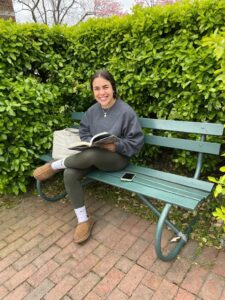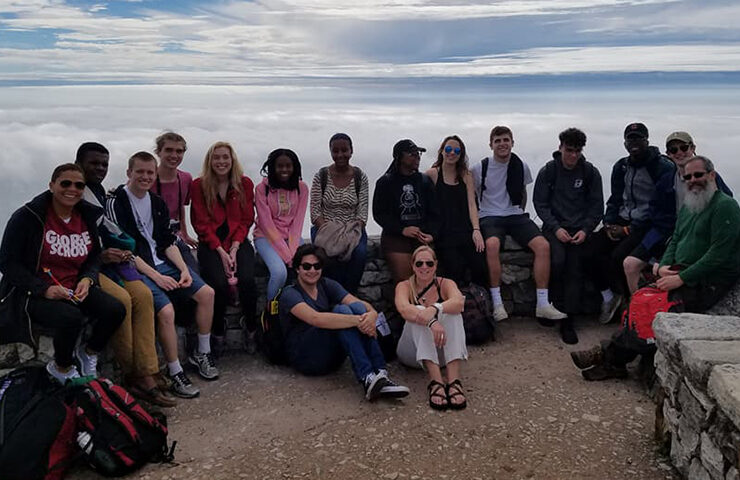
International engagement and interdisciplinary learning are cornerstones of Global Studies at George School, part of the Signature Academic Program. During 2022-2023, students will have the opportunity to take courses that include a travel component to places like the Navajo Nation, Italy, Greece, the Netherlands, Peru, South Africa, Uganda, or Vietnam as part of a curriculum to help students pursue an in-depth understanding of our world and its complexities.
“Global travel is fully integrated within our curriculum, creating courses with robust preparation time as well as comprehensive and structured reflection time to support students in processing their experiential learning,” shared Meredith Baldi, service learning coordinator.
Students traveling to South Africa will explore the political history of Apartheid and its consequences, while learning how art is used as a tool to document and process atrocity and oppression with Arts teacher Amedeo Salamoni. The trip also includes a science component during which students will study the natural flora and fauna of the region with Science teacher Erin Sio. Importantly, the trip will focus not just on these discrete subjects, but the interaction between them—the relationships between history, culture, ecology, and society.
Some of the Global Studies courses, like South Africa, are structured to allow students an immersive experience during a single five-week term. Students take no other classes during the term, giving them the chance to focus their learning solely on the location to which they travel. The first one to two weeks is devoted to academic learning to prepare students for the experiential component. This is followed by two to three weeks of travel. Each trip includes a final week of assessment and reflection.
Other trips are more focused in scope. Some are only a “one mod” course, accounting for one of three or four courses taken during the seventh term in May, followed by a travel experience in June. Spanish language learners, for example, can take a course on the history and culture of Peru, before traveling there in June. Or, students can take a religions course on Navajo history and culture, before experiencing the Navajo Nation firsthand.
“All of these immersive experiences are co-taught by teachers in different departments, highlighting the benefits of interdisciplinary education,” said Meredith. “This gives students, in a lived and experienced way, an appreciation of how all the different subjects they are studying in school work together in the world, and why understanding the interplay between disciplines helps us understand more clearly the societies in which we live.”
“George School remains committed to developing citizen scholars who use their knowledge and passions to improve the world,” said Scott Spence, associate head of school. “Integrating academic learning with global experiential opportunities will help our students be informed and committed citizens, connected with others throughout the world. They will have practiced working with others constructively to learn about and take care of this world and the people in it.”

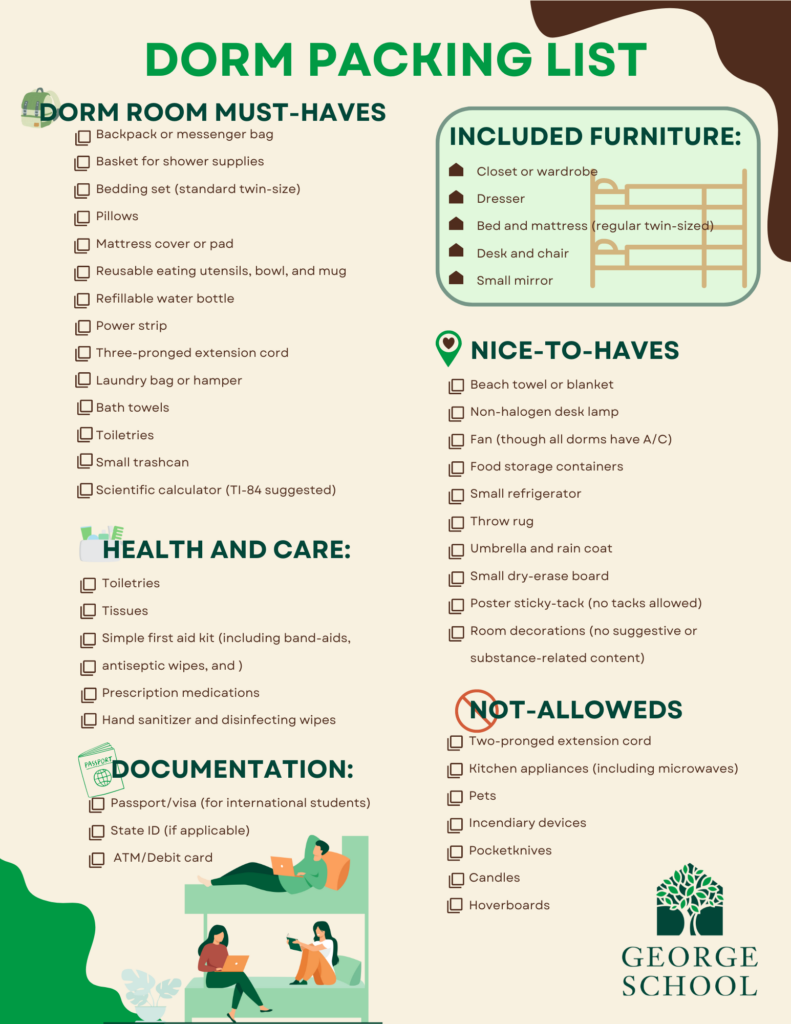
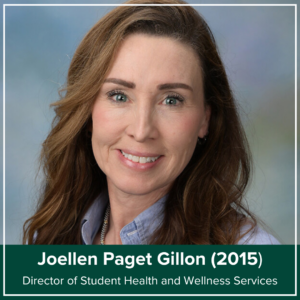 Joellen Paget Gillon (2015)
Joellen Paget Gillon (2015) Caroline Hedde (2019)
Caroline Hedde (2019)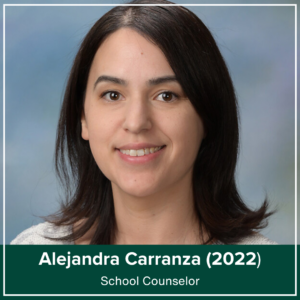 Alejandra Carranza (2022)
Alejandra Carranza (2022) Dr. Mariam Mahmud (2020)
Dr. Mariam Mahmud (2020) Indira Rodrigo (2008)
Indira Rodrigo (2008)
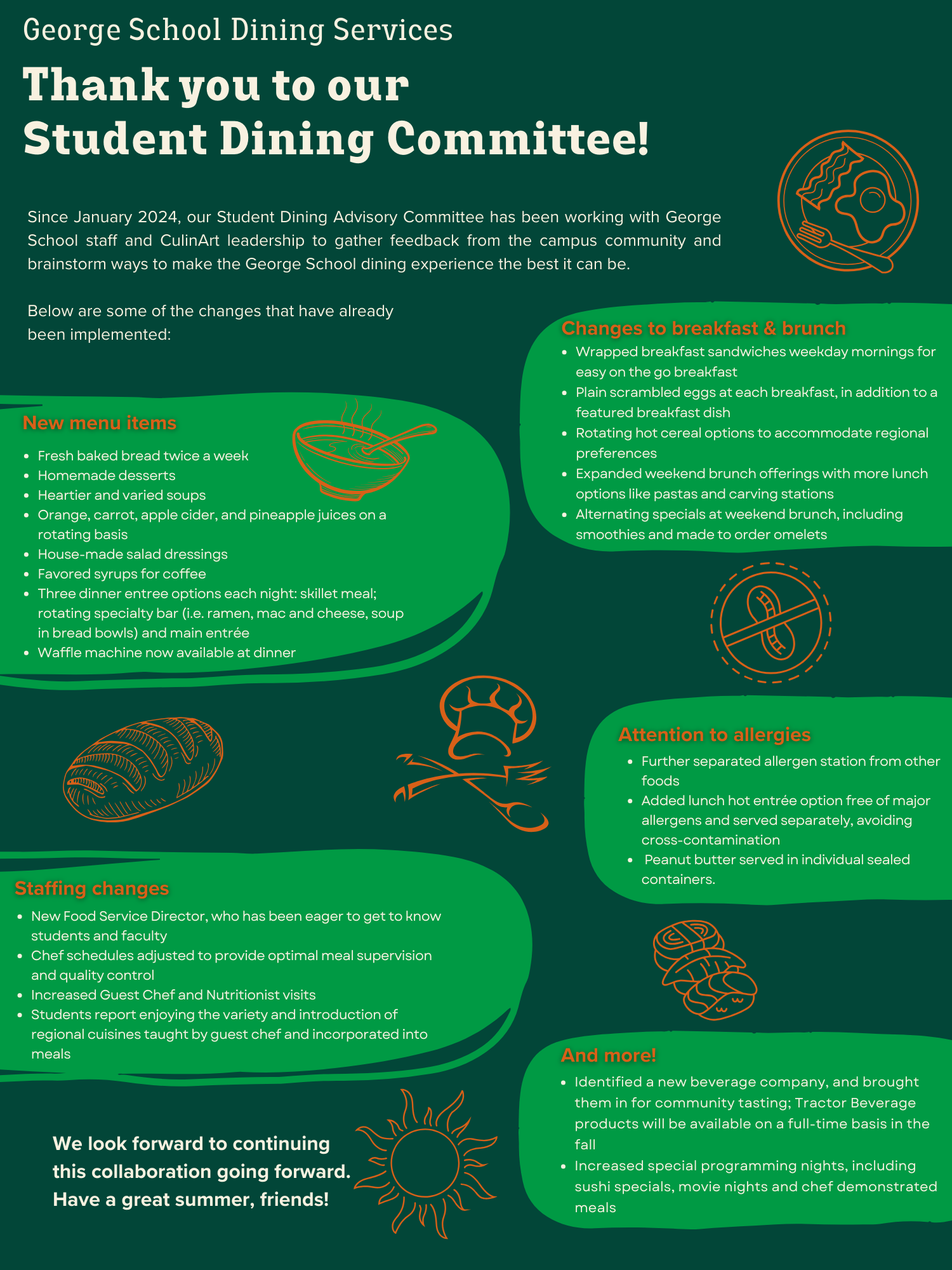




 Monastir, Tunisia, and Amman, Jordan
Monastir, Tunisia, and Amman, Jordan Irvine, CA
Irvine, CA Feasterville-Trevose, PA
Feasterville-Trevose, PA New Hope, PA (Previously NYC)
New Hope, PA (Previously NYC) Richboro, PA
Richboro, PA Englewood, NJ
Englewood, NJ Ningbo, Zhejiang, China
Ningbo, Zhejiang, China Willingboro, NJ
Willingboro, NJ Yardley, PA
Yardley, PA Newtown, PA
Newtown, PA Holicong, PA
Holicong, PA Newtown, PA
Newtown, PA Hamilton, NJ
Hamilton, NJ Yardley, PA
Yardley, PA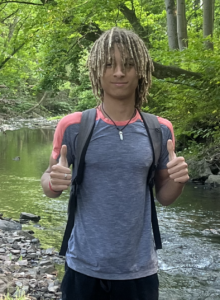 Lambertville, NJ
Lambertville, NJ Chongqing, China
Chongqing, China Pennington, NJ
Pennington, NJ Yardley, PA
Yardley, PA Bensalem, PA
Bensalem, PA Borgota, Colombia
Borgota, Colombia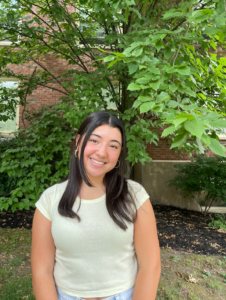 Newtown, PA
Newtown, PA Burlington, NJ
Burlington, NJ Langhorne, PA
Langhorne, PA Princeton, NJ
Princeton, NJ Langhorne, PA
Langhorne, PA New York City, NY
New York City, NY New Hope, PA
New Hope, PA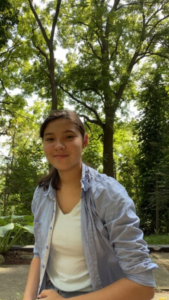 St. Catharines, Ontario, Canada
St. Catharines, Ontario, Canada Providenciales, Turks and Caicos Islands
Providenciales, Turks and Caicos Islands Willingboro, NJ
Willingboro, NJ Princeton, NJ
Princeton, NJ
 Newark, NJ
Newark, NJ Trenton, NJ
Trenton, NJ Newtown, PA
Newtown, PA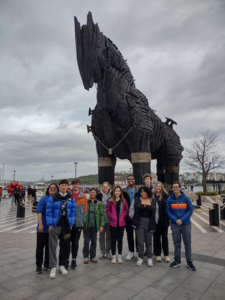
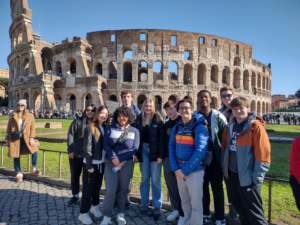
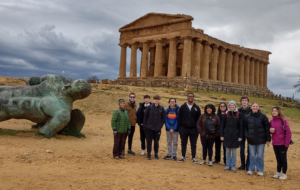

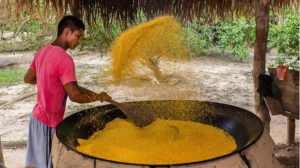


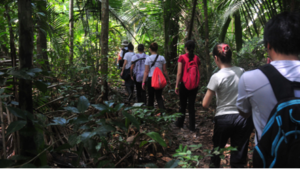
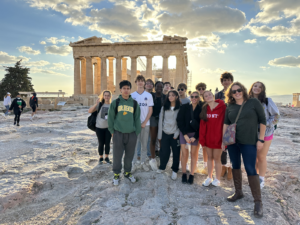
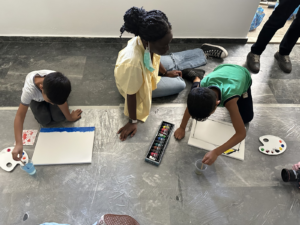
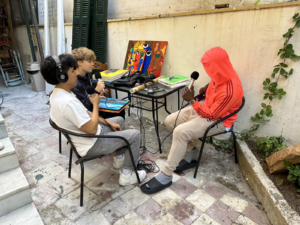
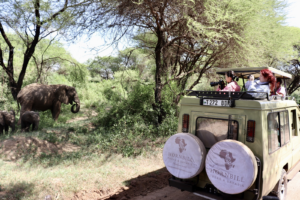
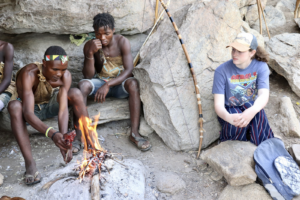
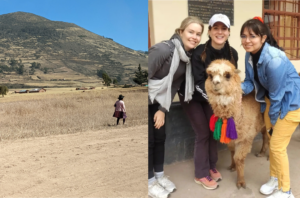
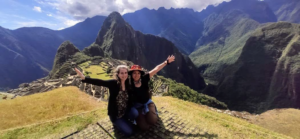
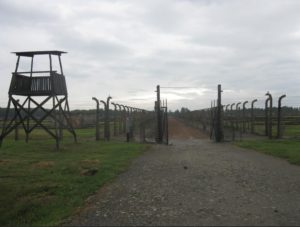


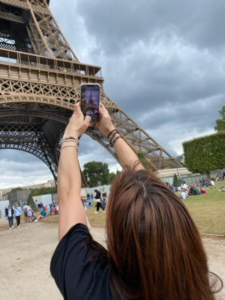
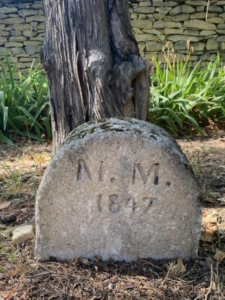
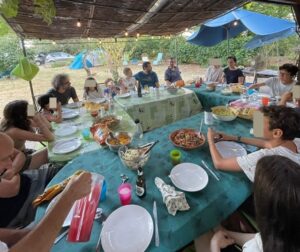
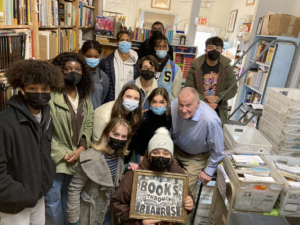

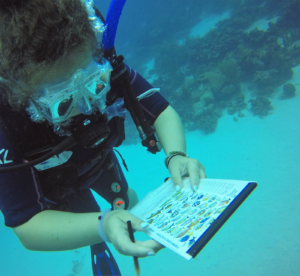
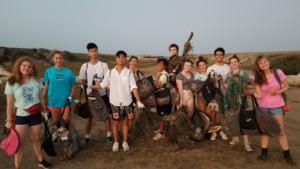
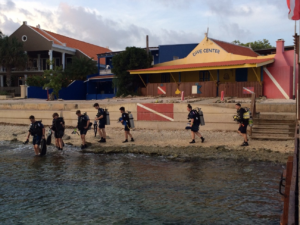
 Lawrence, NJ
Lawrence, NJ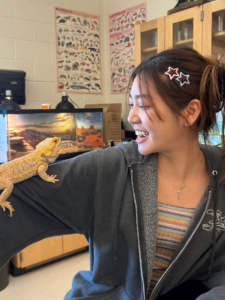 Seoul, South Korea
Seoul, South Korea
 Milwaukee, Wisconsin
Milwaukee, Wisconsin Pennington, NJ
Pennington, NJ Jenkintown, PA
Jenkintown, PA Ottsville, PA
Ottsville, PA Yardley, PA
Yardley, PA Providenciales, Turks and Caicos Islands
Providenciales, Turks and Caicos Islands Hopewell, NJ
Hopewell, NJ
 Pottstown, PA
Pottstown, PA Playa del Carmen, Quintana Roo, México
Playa del Carmen, Quintana Roo, México Shanghai, China
Shanghai, China Beijing, China
Beijing, China Yardley, PA
Yardley, PA Beijing, China
Beijing, China Holland, PA
Holland, PA Langhorne, PA
Langhorne, PA Ringoes, NJ
Ringoes, NJ New Hope, PA
New Hope, PA Dreshner, PA
Dreshner, PA Yardley, PA
Yardley, PA Yardley, PA
Yardley, PA PA
PA


 Xi’an, China
Xi’an, China
